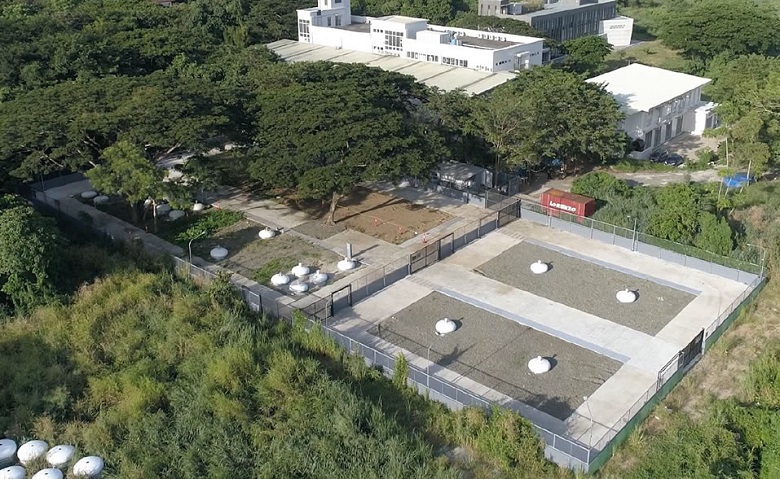Amber Kinetics – The Industry Leader in Kinetic Energy Storage Systems

Amber Kinetics has emerged as the world leader in flywheel energy storage systems or FESS. The company’s M32 flywheel builds on the industrial heritage of the flywheel, using modern design and innovative technology to create an efficient and scalable storage system that works for anything from behind-the-meter power systems to grid-scale energy storage. Although the flywheel has only become a viable energy storage method relatively recently, it has thousands of years of history. Archeological digs, for example, have established that the concept was known and used for energy storage in potters’ wheels and during the Industrial Revolution, flywheels came to the fore as a way of storing and distributing energy.
The principle is simple. The flywheel takes an energy input for an initial spin and stores that energy, releasing it over time. Many factors will affect the storage efficiency, such as the weight and balance of the wheel and the amount of friction it experiences. In practice, this meant that flywheels were restricted to industrial sites that could house large and heavy flywheels in historical uses and the challenges with friction meant that long-duration flywheel energy storage was not possible. As modern batteries developed, their small size and convenient features enabled them to become a leading energy storage solution.
However, flywheels are seeing a resurgence. Batteries have faced challenges particularly on its environmental impact, where the extraction and disposal of chemicals used to make batteries carries a high cost. Their efficiency is sensitive to weather conditions, working poorly in extremely cold environments and running the risk of overheating in hot weather.
Breakthroughs in flywheel technology present a promising solution to overcome those challenges. Amber Kinetics M32 flywheel features a recyclable steel design, utilizing materials for a lower environmental impact and stability in its supply chain. Each sealed unit performs consistently regardless of environmental conditions, with an ability to operate from ranges -4 to 122ºF (-20 to 50ºC).
A single unit has a capacity of 8kW which can be discharged over four hours, offering a long-duration kinetic energy storage system. The scalable nature of its design means it’s equally capable of working as a single unit or scaled up to provide energy storage for megawatt sized installations.
The first commercially viable kinetic energy storage system, Amber Kinetics’ M32, has been successfully deployed across the globe, helping to manage and maintain supply for various applications. Although batteries became the predominant energy storage method in the 20th century, the challenges of the 21st century mean that the flywheel is likely to make a comeback- helping to store energy, manage demand, and pave the way to emission-free energy production














